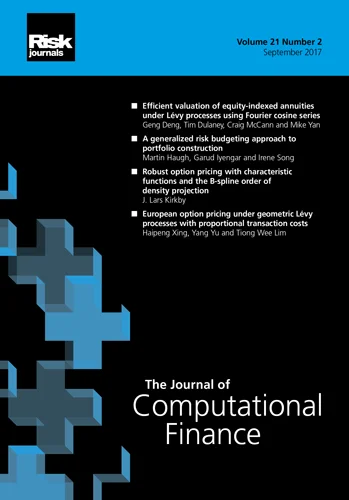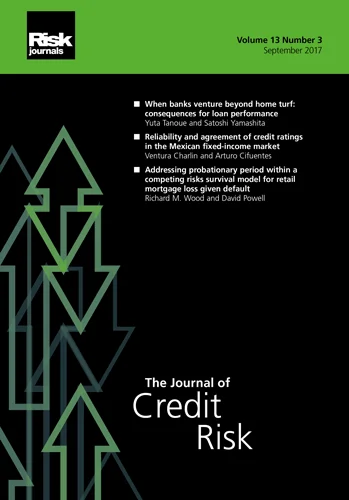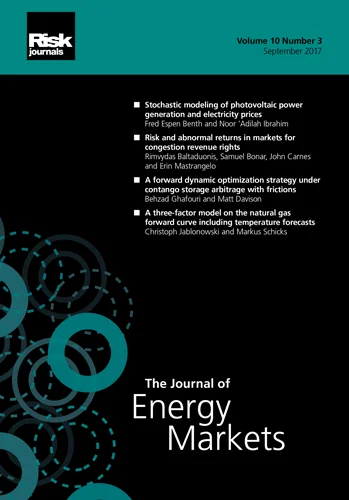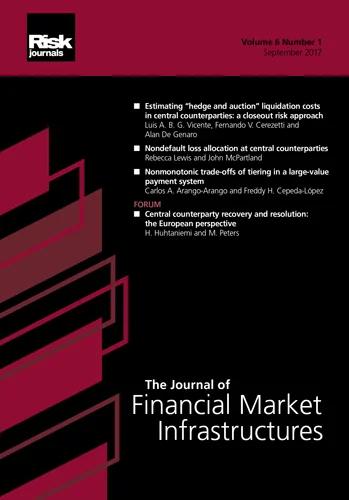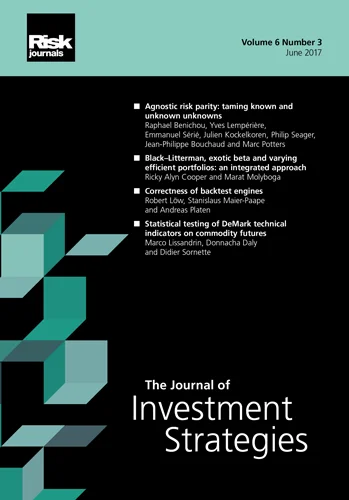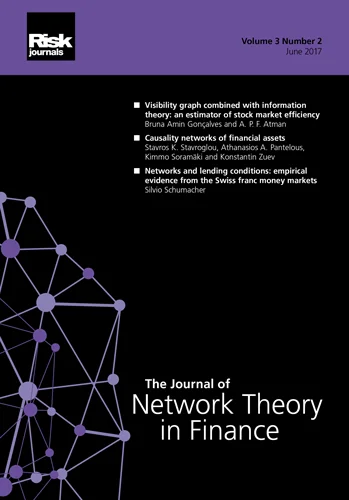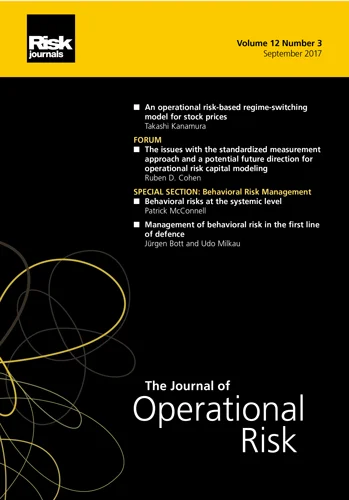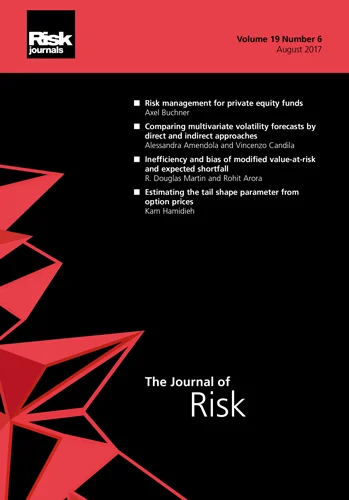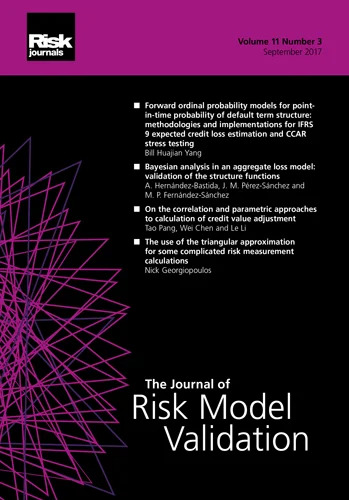Journal of Computational Finance
ISSN:
1755-2850 (online)
Editor-in-chief: Christoph Reisinger

An explicit scheme for pathwise cross valuation adjustment computations
Lokman Abbas Turki, Stéphane Crépey, Botao Li and Bouazza Saadeddine
Need to know
- The computation of term structures of FVA, KVA, and EC can be formulated as solving an anticipated backward SDE.
- An explicit scheme can be used to decouple FVA, KVA, and EC from themselves when solving the ABSDE, eliminating the need for Picard iteration required in a classic implicit scheme.
- In the explicit scheme, the error in the numerical solution is bounded by the linear combination of local regression errors. The explicit scheme is several times faster than the implicit scheme while producing the same numerical results.
- The full FVA and KVA path simulation can be performed on GPUs within a reasonable runtime.
Abstract
Motivated by the equations of cross valuation adjustments (XVAs) accounting for the fungibility of capital at risk with variation margin, we introduce a simulation/regression scheme for a class of anticipated backward stochastic differential equations, where the coefficient entails a conditional expected shortfall of the martingale part of the solution. The scheme is explicit in time and uses neural network least-squares and quantile regressions for the embedded conditional expectations and expected shortfall computations. An a posteriori Monte Carlo validation procedure allows assessment of the scheme’s regression error at each time step. The superiority of this scheme with respect to Picard iterations is illustrated in the context of a high-dimensional market and a default risk XVA use case.
Copyright Infopro Digital Limited. All rights reserved.
As outlined in our terms and conditions, https://www.infopro-digital.com/terms-and-conditions/subscriptions/ (point 2.4), printing is limited to a single copy.
If you would like to purchase additional rights please email info@risk.net
Copyright Infopro Digital Limited. All rights reserved.
You may share this content using our article tools. As outlined in our terms and conditions, https://www.infopro-digital.com/terms-and-conditions/subscriptions/ (clause 2.4), an Authorised User may only make one copy of the materials for their own personal use. You must also comply with the restrictions in clause 2.5.
If you would like to purchase additional rights please email info@risk.net
